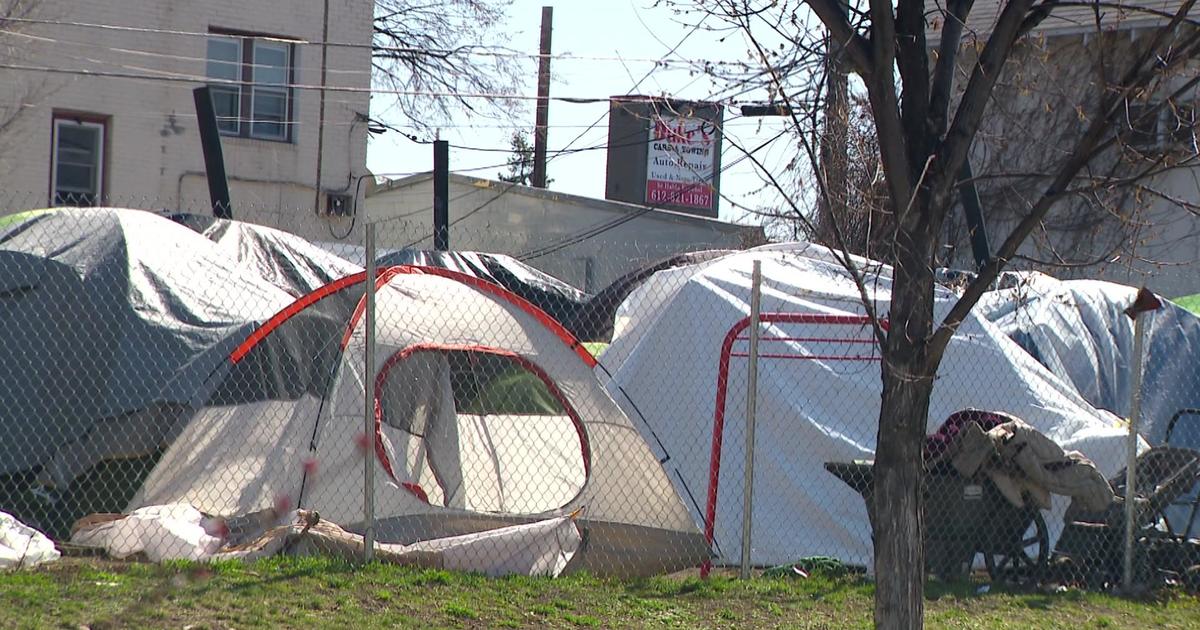DeRusha Eats: Baker's Field Flour and Bread
MINNEAPOLIS (WCCO) -- You can't talk about the history of flour milling in the United States without talking about Minneapolis. It's the Mill City, the birthplace of Gold Medal Flour, which ultimately became General Mills.
But fears over fires and safety led to the city restricting flour milling to industrially-zoned buildings, not commercially-zoned buildings.
"We had some explosions, we had some fires," said Steve Horton, a nationally-honored Minneapolis bread baker who wanted to start milling in the Mill City again.
Horton was the head baker and owner of Rustica, before selling the business to start Bakers Field Flour and Bread in Northeast Minneapolis' Food Building.
"The goal really for us was to bring the flavors of the grain from the Upper Midwest into the St. Paul-Minneapolis area," he said.
The history of the Mill City has been chronicled at Mill Ruins Parks, and Mill City Museum, where explosions were deadly and devastating to buildings along the Mississippi River. But according to Horton, technology has changed and the city agreed, allowing him to change his zoning in order to mill again.
"With better ventilation systems, better equipment, [the risks] are very, very minimalized," he said.
He's taking in raw grain, some from Moorhead, some from Cokato, and milling it into a beautiful 100 percent rye bread, whole wheat, a seeded loaf with four toasted grains, as well as a brioche and burger buns.
Beautiful to eat, and gorgeous to look at, a combination of art and science, he said.
"We want color in what we're doing," said Horton.
He uses natural fermentation to make his bread instead of commercial yeast. It can be time consuming; some breads sit for four hours to rise, some sit for 22 hours.
"The long process we have with fermentation, the way the dough is aged, lowers the pH, which makes it more digestible for people," said Horton.
The small mill at full capacity could create 20,000 pounds of flour a week. Stone milling should leave more nutrients -- more flavor than big commercial roller mills.
"The way we mill with a stone mill, the germ is still left with the flour," he said.
The flour is for sale at local co-ops, it's a little different from conventional flour, requiring more moisture to bake with. The bread is at many restaurants and at co-ops too.
"We're experiencing a lot of ups and downs," said Horton. "What grain works for what bread? Do we like it? It makes it more challenging but also more exciting," he explained.



